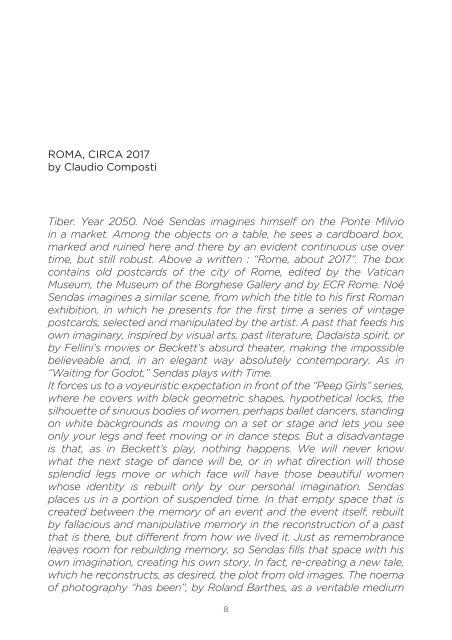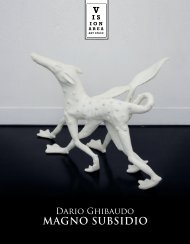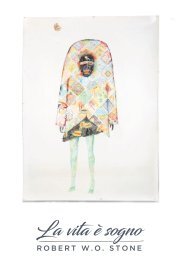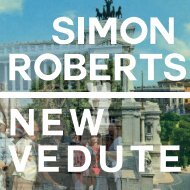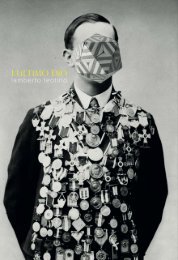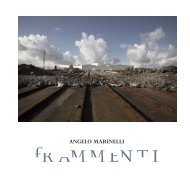Create successful ePaper yourself
Turn your PDF publications into a flip-book with our unique Google optimized e-Paper software.
ROMA, CIRCA <strong>2017</strong><br />
by Claudio Composti<br />
Tiber. Year 2050. Noé Sendas imagines himself on the Ponte Milvio<br />
in a market. Among the objects on a table, he sees a cardboard box,<br />
marked and ruined here and there by an evident continuous use over<br />
time, but still robust. Above a written : “Rome, about <strong>2017</strong>”. The box<br />
contains old postcards of the city of Rome, edited by the Vatican<br />
Museum, the Museum of the Borghese Gallery and by ECR Rome. Noé<br />
Sendas imagines a similar scene, from which the title to his first <strong>Roma</strong>n<br />
exhibition, in which he presents for the first time a series of vintage<br />
postcards, selected and manipulated by the artist. A past that feeds his<br />
own imaginary, inspired by visual arts, past literature, Dadaista spirit, or<br />
by Fellini’s movies or Beckett’s absurd theater, making the impossible<br />
believeable and, in an elegant way absolutely contemporary. As in<br />
“Waiting for Godot,” Sendas plays with Time.<br />
It forces us to a voyeuristic expectation in front of the “Peep Girls” series,<br />
where he covers with black geometric shapes, hypothetical locks, the<br />
silhouette of sinuous bodies of women, perhaps ballet dancers, standing<br />
on white backgrounds as moving on a set or stage and lets you see<br />
only your legs and feet moving or in dance steps. But a disadvantage<br />
is that, as in Beckett’s play, nothing happens. We will never know<br />
what the next stage of dance will be, or in what direction will those<br />
splendid legs move or which face will have those beautiful women<br />
whose identity is rebuilt only by our personal imagination. Sendas<br />
places us in a portion of suspended time. In that empty space that is<br />
created between the memory of an event and the event itself, rebuilt<br />
by fallacious and manipulative memory in the reconstruction of a past<br />
that is there, but different from how we lived it. Just as remembrance<br />
leaves room for rebuilding memory, so Sendas fills that space with his<br />
own imagination, creating his own story. In fact, re-creating a new tale,<br />
which he reconstructs, as desired, the plot from old images. The noema<br />
of photography “has been”, by Roland Barthes, as a veritable medium<br />
8


